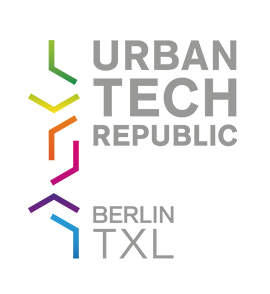
Improve tree health
Smart City Domain
- Environment
Open for participation as of
- 2025
Description
The health and vitality of urban trees are of central importance for the stability of the urban ecosystem in terms of habitats for fauna, counteracting heat stress and thus promoting well-being.
However, urban trees are increasingly exposed to challenges such as prolonged periods of heat and drought, groundwater lowering, sealed and compacted root zones as well as pest infestation. Many of these factors are interdependent. In addition, monocultures along long streets and in neighbourhoods with a preference for the same few tree species pose risks in terms of the spread of plant diseases, limited biodiversity and thus their ecosystem performance.
The use of vitality sensors (e.g. soil moisture sensors in combination with leaf-area-index sensors or multispectral sensors that measure photosynthetic activity) is an option to enable a helpful assessment of tree vitality and its individual state of development, particularly during the growth process in the first few years of growth. The sensor technology provides precise data that makes it possible to continuously assess the water supply in order to optimize it before damage occurs to the tree (drought stress, root development). Multispectral sensors, furthermore, could provide information on general vitality. The use of drone images could provide additional information on growth and crown development. In the event of indications of sub-optimal conditions, nutrient values as well as pollutants or mechanical damage could be analysed separately via local sightings and sampling.
Overall, early detection would avoid domino effects in the spread of plant diseases. Furthermore, the adaptation of care measures to the actual needs of the trees would allow efficient use of resources and a longer lifespan. Healthy tree development would avoid cost-intensive and, in terms of their ecosystem services, high-loss failures, that would needed to be offset via replanting otherwise.
Improving and securing the vitality of urban trees makes a significant contribution to creating a liveable and green city. It promotes the climate resilience of urban areas and helps to mitigate the negative effects of heat and other extreme weather events. It also supports the goal of increasing biodiversity and preventing further species extinction.
Contact
MARIA BERNDT
Project Lead
-
Entwicklungspartnerschaft | FUTR HUB
Urban Tech Republic, Gebäude V
Flughafen Tegel 1
13405 Berlin - berndt@berlintxl.de
